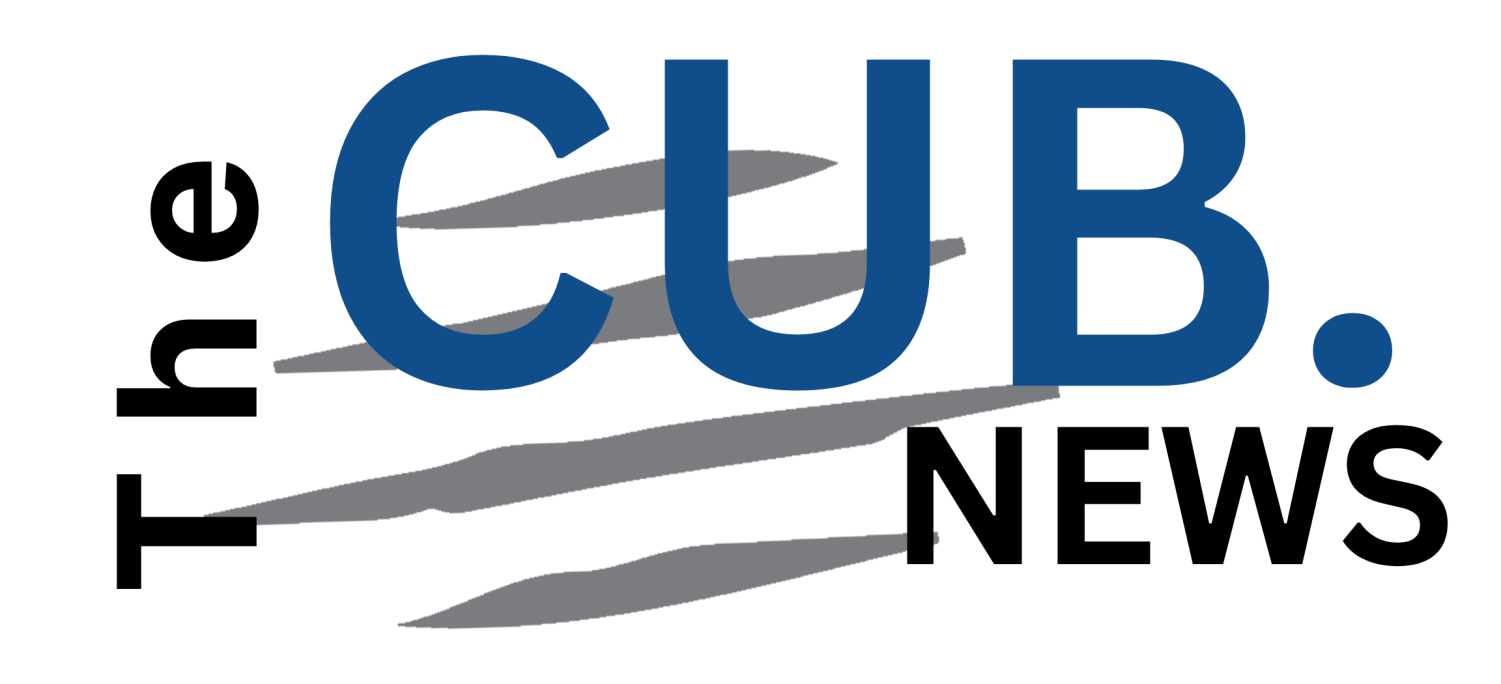Fidalgo Shoreline Academy
November 14, 2018
Washington State is an undoubtable hub for environmental activity, home of towering Evergreens, vast beaches, southern rolling desert hills, and the mighty Cascade Mountains that call Sedro-Woolley home. Many admire the beauty of the state, but not enough are putting forth the effort needed to preserve it. Motivating you go further and doing something about it.
Just yards away from the Anacortes Bay, environmentalists, authors, and citizens alike gathered for the 7th annual Fidalgo Shoreline Academy, a zero waste event sponsored by Friends of Skagit Beaches. This year’s topic focused on an often overlooked aspect of Washington’s flora: coastal wetlands.
Dr. Jude Apple, marine ecologist and research coordinator at Padilla Bay National Estuarine Research Reserve, keynote speaker for the event, explained the importance of the mucky swamp areas that span the coast. Apple’s presentation included carbon emissions data, and a detailed look at how estuaries, the area where rivers meet the sea, are a key piece in the puzzle of climate change. “Estuaries are so important,” said Apple.
It is common knowledge that trees absorb carbon dioxide (CO2) and essentially turn it into oxygen in a process that is much like the way that humans breath. The difference between trees and seagrass or mangrove – plants native to estuaries – is the amount of CO2 they can ‘breath in.’
The stinking slime that lines the coast is a hydric soil that sucks in CO2 like a rain boot off of someone’s foot. So once the plants in the area absorb CO2, the muck refuses to breath it out, storing CO2 deep in its depths until it is disturbed. This is referred to as Blue Carbon, and many believe it may be the key to slowing down climate change.
The main focus Dr. Apple’s presentation was to incite the conservation and preservation of these blue carbon areas. “Coastal ecosystems can capture or release carbon, depending on our choices.” The road to preserving an ecosystem begins with being informed, followed by respecting habitats and taking action.
Other presenters of the event included authors, divers, and experts on subjects varying from kelp and fungi, to whales. “Return of the Sea Otter,” author Todd Mcleish, traveled from Rhode Island for Sea Otter Awareness Week to promote his book and educate about the population decline in Sea Otters native to the West Coast.
Local diver and author Drew Collins, shared photographs of just a few of the over 200 fish species that live in the bays of Northern Washington. Collins also voiced his concern for how population in certain species is lessening. “I’m seeing a decline in everything,” said Collins.
Each presentation involved Skagit County’s natural ecological wonders and information on how citizen involvement can help pump the brakes on the deforestation, pollution, oceanic erosion, and other harmful factors that threatens coastal ecosystems.
One effort that can be taken to prevent the decay of estuaries is to manage harmful substances in storm drains. Contact city officials about installing a filtered storm rain in surrounding areas. Pesticides, garbage, and other water pollutants are using storm drain runoffs to enter estuaries and eventually the ocean.
Conventions like the Fidalgo Shoreline Academy bring light to the important issues in the field of environmental science and those individuals who take the time and effort to protect it.


